The beauty of bones is that they aren’t really too fussy when it comes to fly selection; generally, if the fly that is on the end of our line is classed as a bonefish fly, the chances are that they will eat it.
There are however some must-haves…
As of the 25th of March, Seychelles is welcoming guests from everywhere in the world, regardless of their vaccination status. The only requirement is a negative PCR test within 72 hours of departure, as well as a Health Travel Authorisation. Enjoy this opportunity to truly get away from the crowds and experience the blissful isolation offered by our destinations in the Outer Islands of Seychelles.
As of the 25th of March, Seychelles is welcoming guests from everywhere in the world, regardless of their vaccination status. The only requirement is a negative PCR test within 72 hours of departure, as well as a Health Travel Authorisation. Enjoy this opportunity to truly get away from the crowds and experience the blissful isolation offered by our destinations in the Outer Islands of Seychelles.

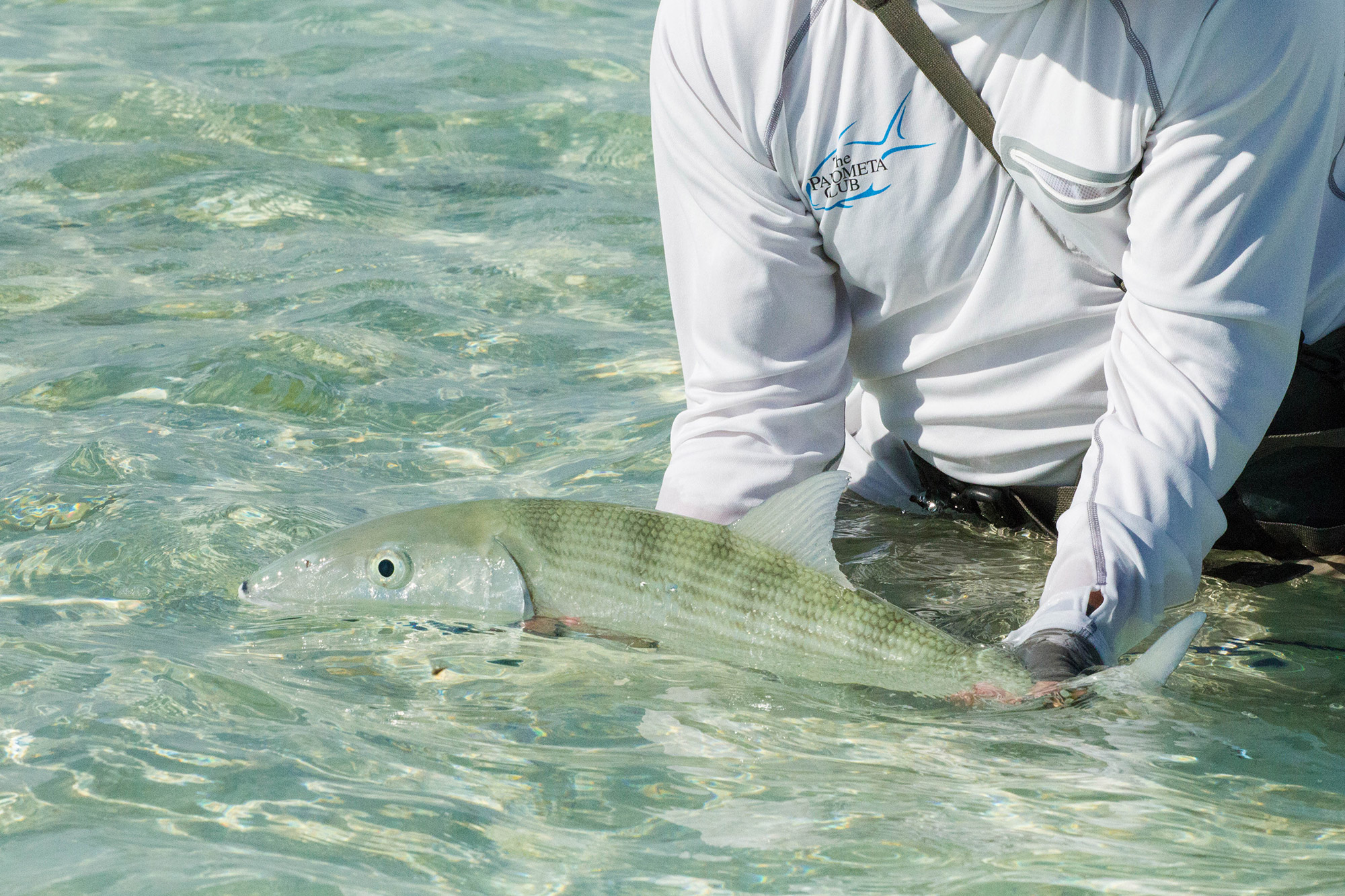
Bonefish (Albula vulpes) is the world’s most recreationally fished – for saltwater fly fishing species. Known as one of the fastest fish, their blistering runs are a true challenge of skill for fly fishermen. They are distributed throughout the warm, shallow waters of the tropics that circle near the Equator. The most common places are the Florida Keys, Bahamas, Mauritius, Caribbean, and the Seychelles islands.
Bonefish are almost always in the mood to feed and ready to take a fly. And, if you present the fly well enough, the chances of a bonefish eating it are good. However, knowing what stage of the tidal cycle you are on when you are targeting these saltwater game fish will help to determine where you would fish for them. Bonefish fish are exceptionally silvery in colour, with a long, deeply forked tail and a single dorsal fin. More so, it has a pointed head covered by a thick layer of transparent cartilage with a mouth situated on the underside of its head.
Keep in mind that they are high on the menu for other predators. As such, the most obvious place to look for bonefish will be in the shallow flats. Bonefish develop their complexion depending on the environment they inhabit. A bonefish living predominantly in white sand flats will be silver to white. In contrast, these fish inhabite a darker flat bottom of coral or seaweed will be slightly darker, adapting to fit in with their surroundings. No wonder they are described as ‘the ghosts of the flats’!
Also, bonefish have a symbiotic relationship with stingrays. As the rays move along they disturb prey like crabs and shrimps, making them very easy and vulnerable to pick off.
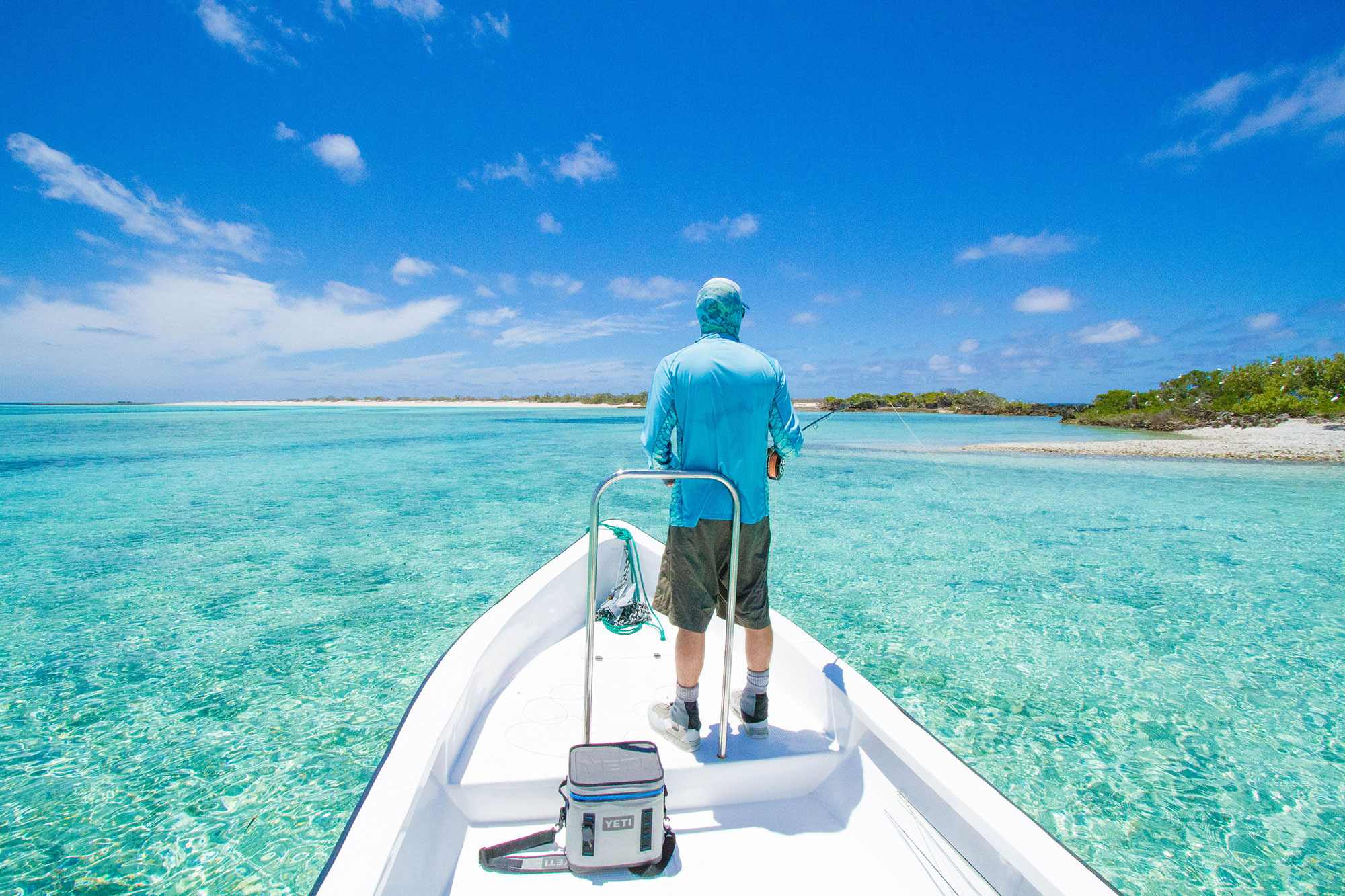
The beauty of bones is that they aren’t really too fussy when it comes to fly selection; generally, if the fly that is on the end of our line is classed as a bonefish fly, the chances are that they will eat it.
There are however some must-haves…
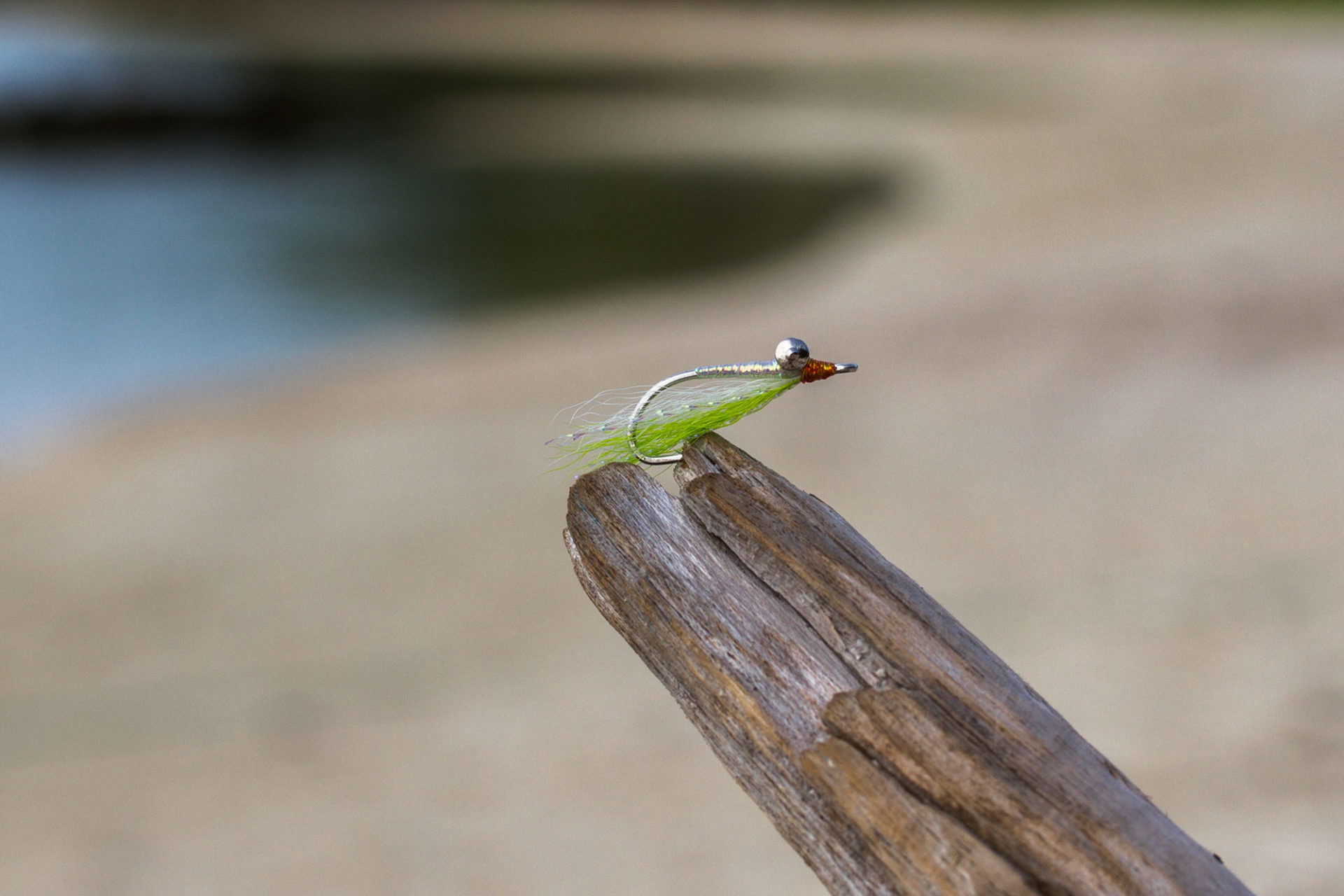
The pillow talk fly will, without any shadow of a doubt, be in every guide’s box. The water conditions, e.g., shallow, deep, fast-flowing, etc., will determine what type of eye to use. To finish, either red cotton or red flash. Hint: the sparser it’s tied, the better! The proof is in the pudding: by far, the largest majority of bonefish caught around Alphonse Island are caught on a pillow talk (PT) fly.
 available On Island
available On Island
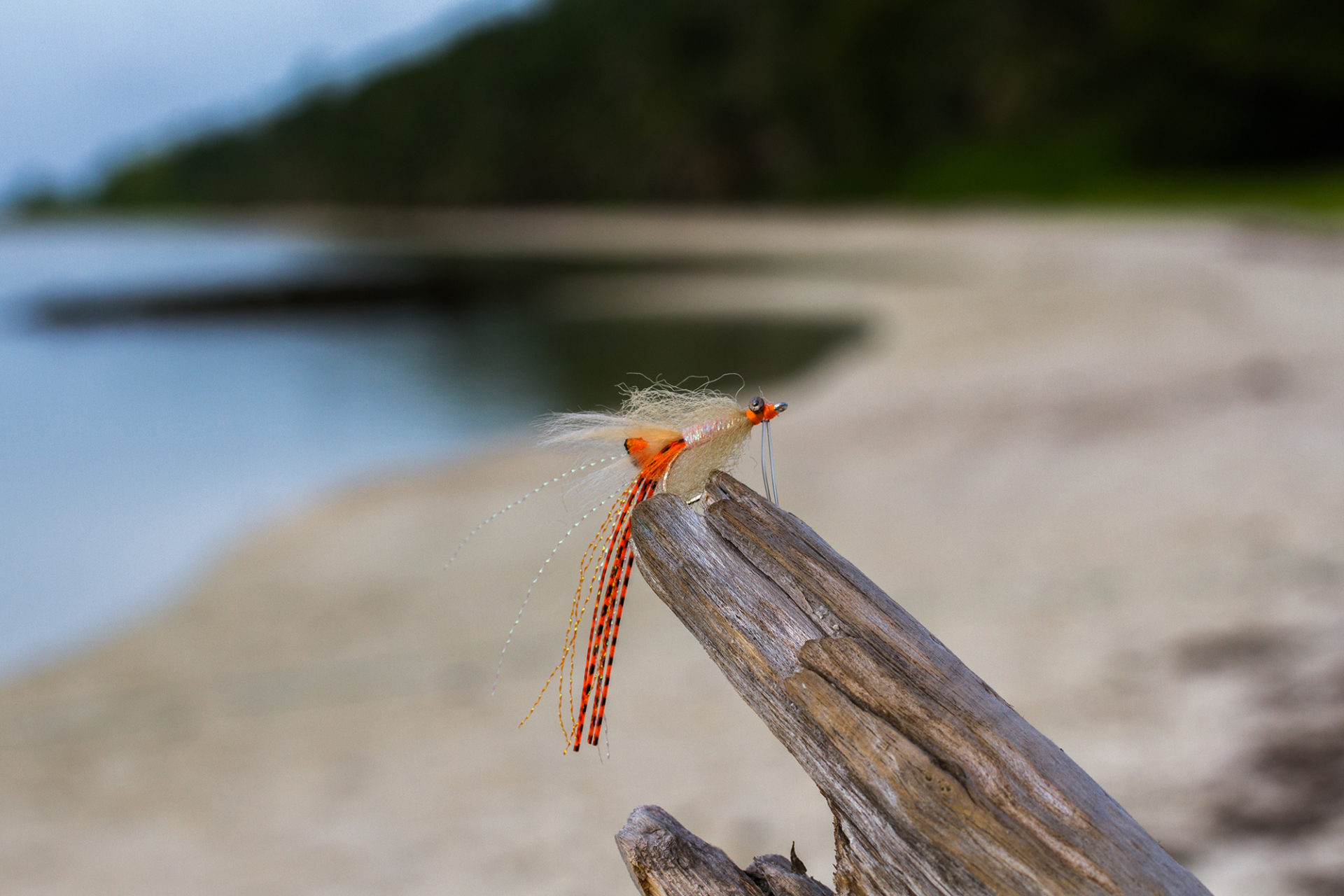
The spawning shrimp fly has a realistic look. As the name states, it imitates a shrimp carrying a belly full of eggs, making a scrumptious potential meal for a bonefish! It works so well because it’s one of the biggest bonefish flies we use. The bigger the fly, the bigger the reward will be for the fish. Usually, there is a very positive and aggressive reaction when presenting this to a fish.
 available On Island
available On Island
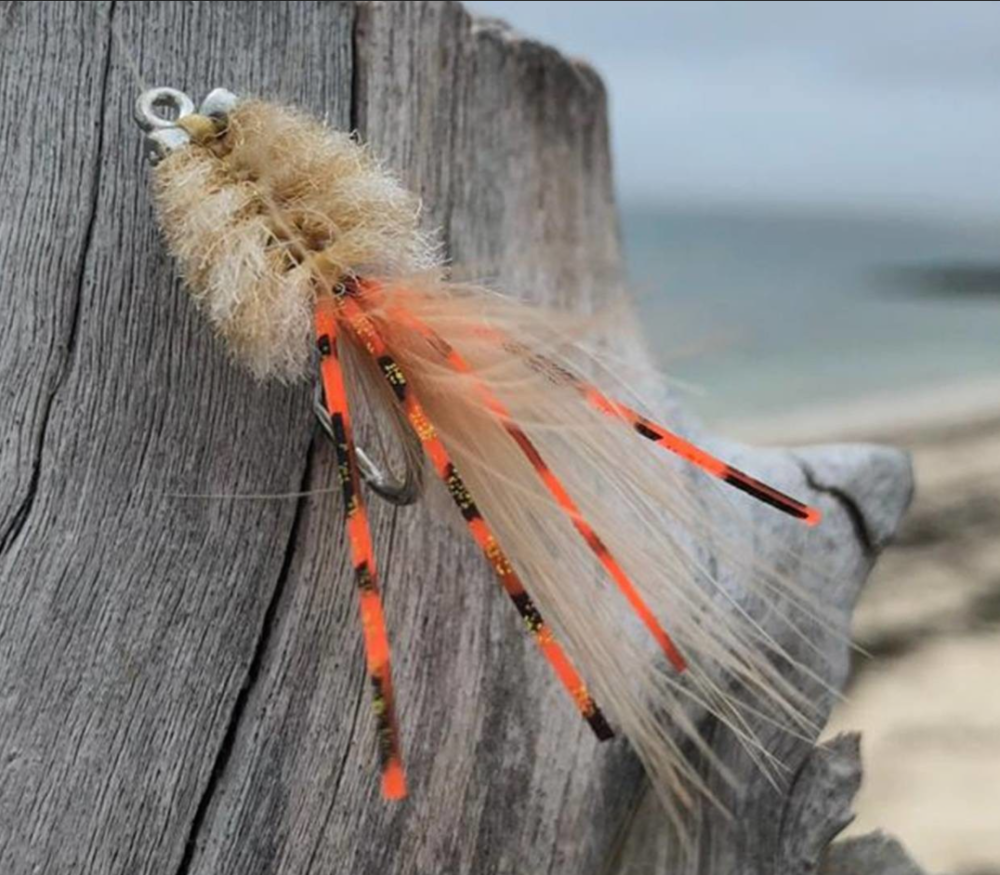
The fleeing crab fly imitates a crab that is on the move. It is a simple pattern but highly effective. It can be tied in various colours and sizes. The most common colour is barred tan and white with orange rubber legs. It is these rubber legs that trial the fly as it moves, instead of being perpendicular. The fly mimics crabs evading predators with scuttling sideways movements.
 available On Island
available On Island
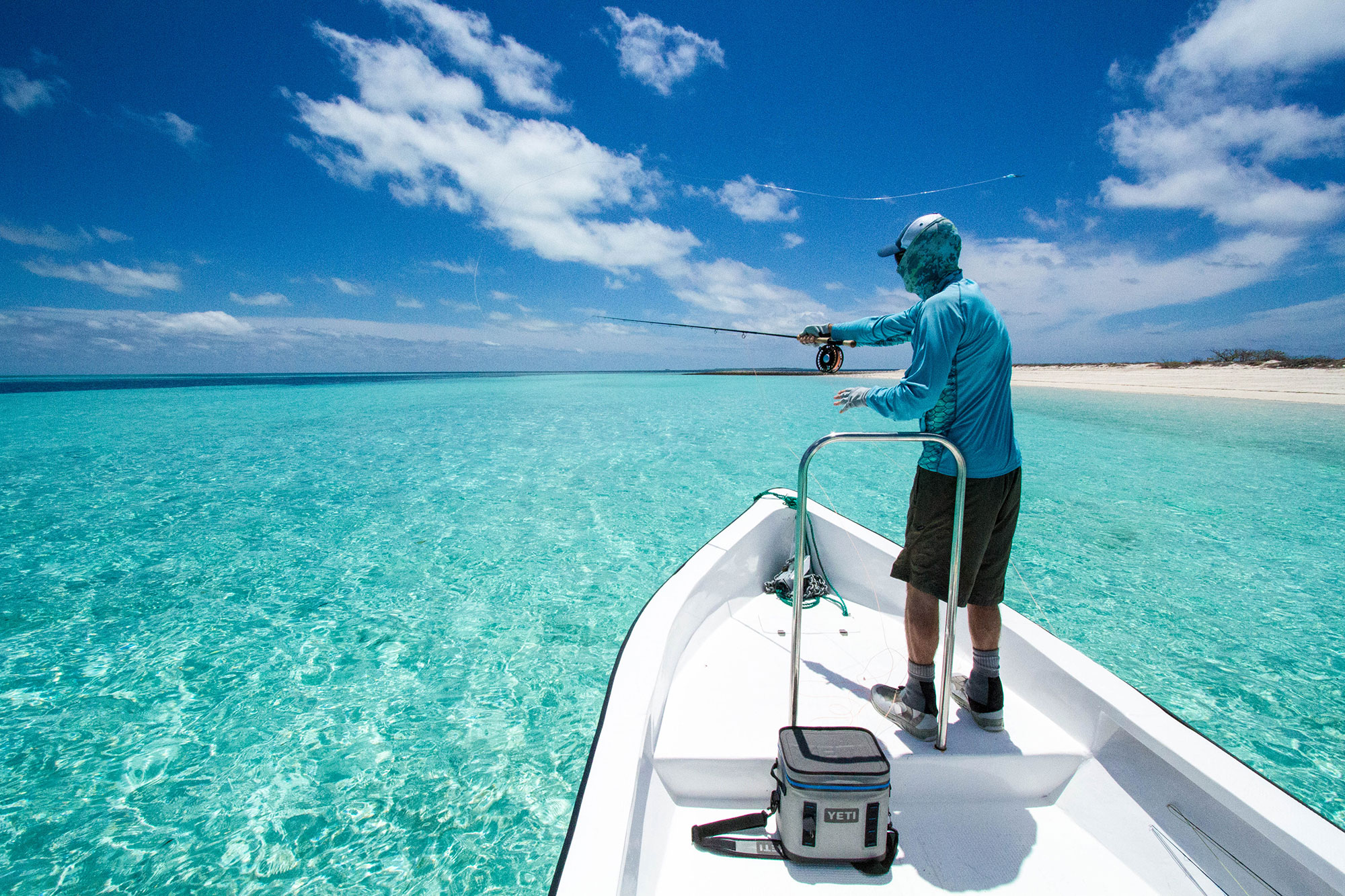
Classically, the best time to fly fish for bonefish fish is when the tide is dropping, and the water is falling off the flats, forcing the fish into deeper waters, known as a “bonefish drop.” More, these fish typically stay on the flats for as long as possible to feed in comfort, knowing that bigger predators such as sharks and barracudas will not be able to prey on them. It’s during this time, when they are particularly hungry and stays together in large numbers, that it’s a great time to capitalize on the tide.
As a guide, three basic steps need to be taken into account before approaching flats where you want to fly fish for bonefish. Firstly, the position of the sun, as walking towards the sun and into the glare, will make spotting fish almost impossible. Secondly, the wind direction, as it’s never easy casting into or having the wind blow perpendicular to your casting. Thirdly, tidal movements will determine which direction the fish will most likely move in. Once you have incorporated all of these factors, it’s time to go fishing. Finding A Bonefish Seeing a bonefish is half the battle. An accurate cast is needed once spotted and when you’ve got yourself into a good position. It is far more productive to lead the fish by three to four feet rather than trying to get too close. Presenting the fly too close will increase the chances of the fish-spooking off greatly. Getting The Fish To React To Your Fly A short strip is needed to get the fish reacting to your fly, once this has happened, stripping the fly slowly should entice the fish to eat. Like all flats fishing, it is very visual, more so the fly fish for bonefish in flats. Seeing the fish, making the cast, and seeing the fish react and eat the fly makes it very exciting. With all this heart-thumping adrenaline, it is easy to make silly mistakes such as landing the fly on the head of the fish, stripping too fast, or the ultimate mistake: a rod-lift upon setting the hook. Setting the hook with a strip-strike and keeping the rod tip down will almost always ensure a good hook set. Once you are comfortable with the hook-set, you need to anticipate that the fish will dart off with incredible power and speed. Holding onto the line definitely results in the leader popping. Loose Loops Getting the loose loops onto the reel as the fish screams off is probably where the most concentration is needed during the fight. Loose loops that jump up are notorious for catching and hooking on pliers, cameras, etc., resulting in lost fish. Once the line is on the reel, it’s crucial to have a reel with a smooth drag as these fish are immensely powerful. If you are not an experienced bonefish angler, I can guarantee that you’ll be surprised by how hard and long bonefish fight.
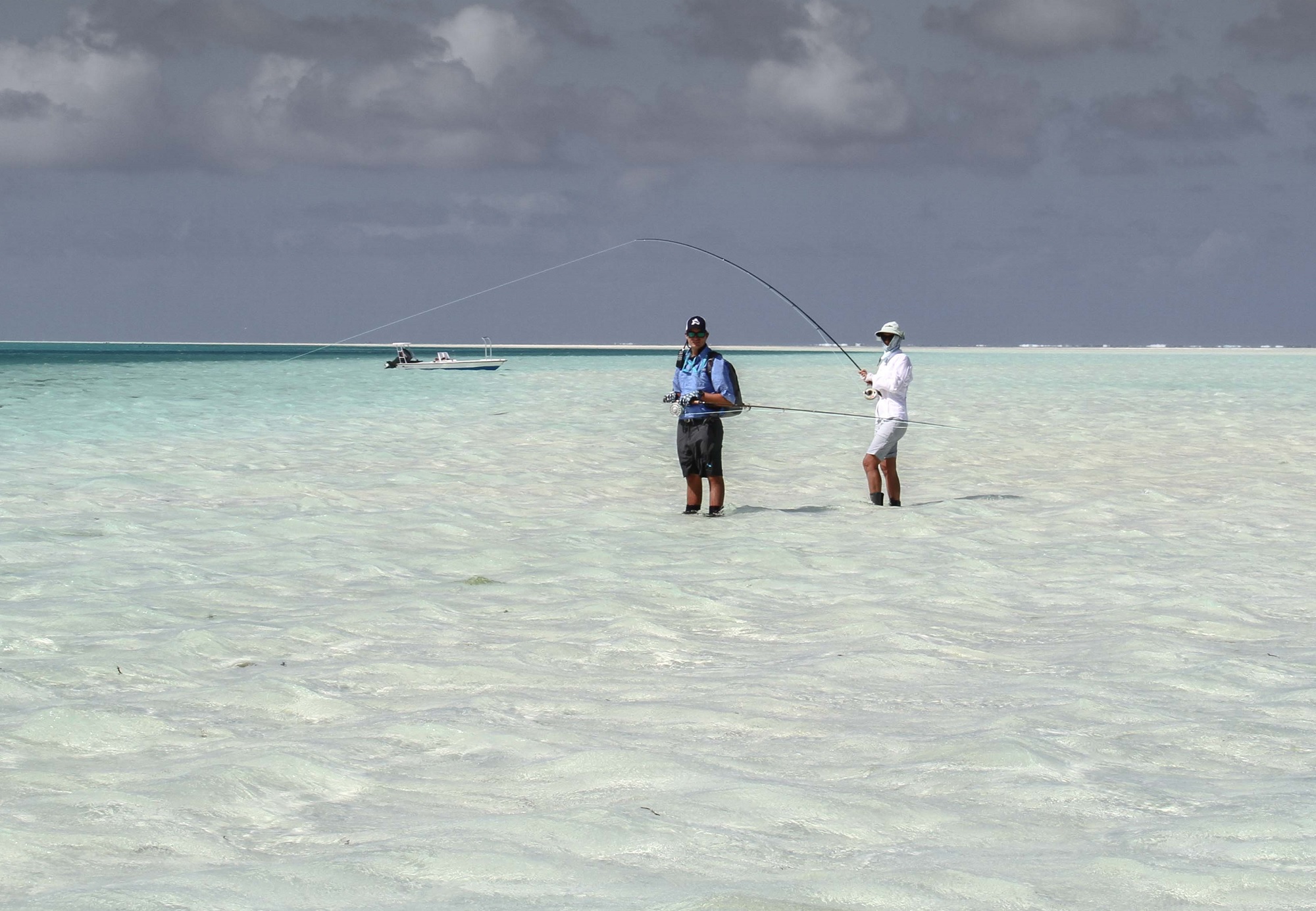
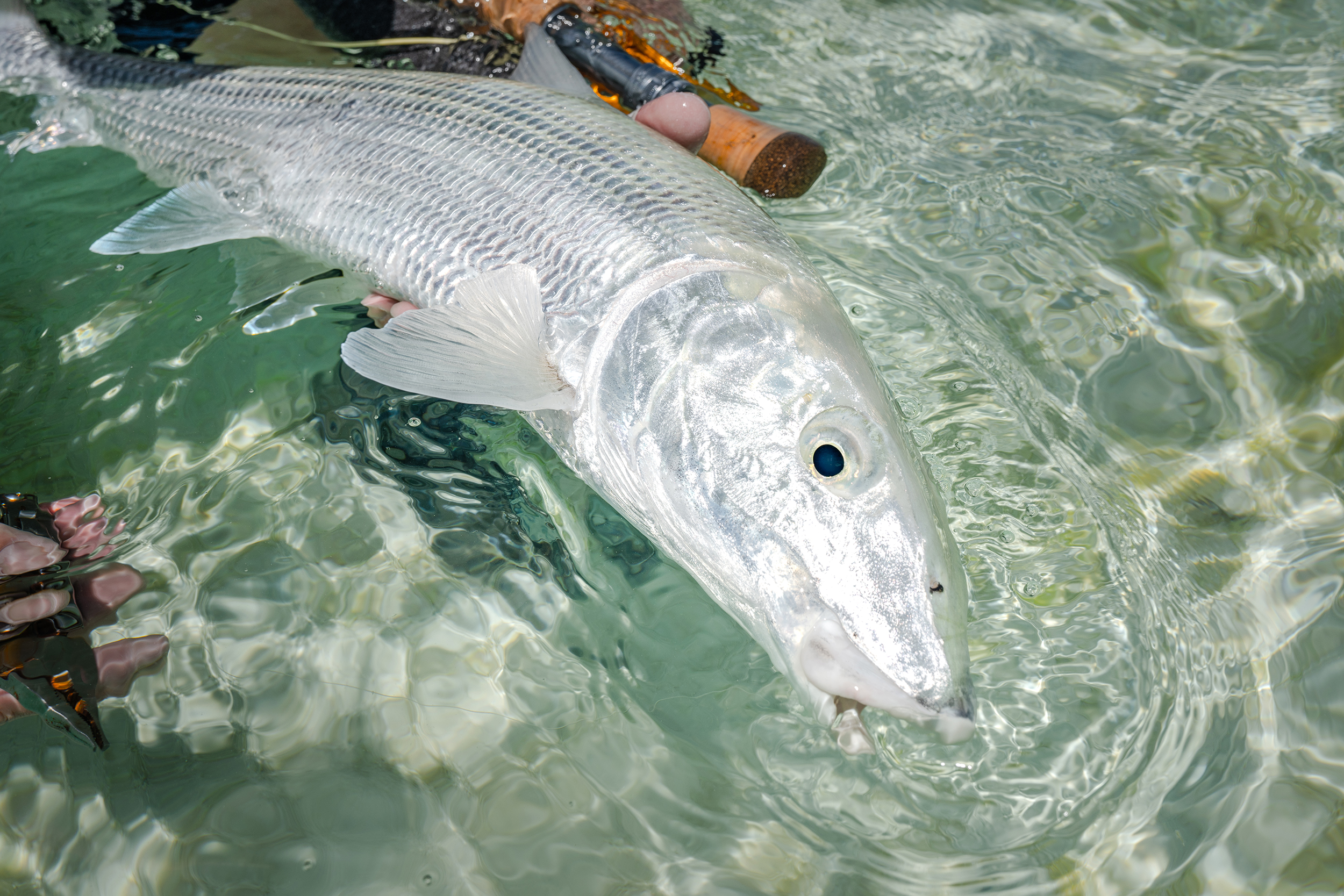
"Hardest fighting fish pound-for-pound’’
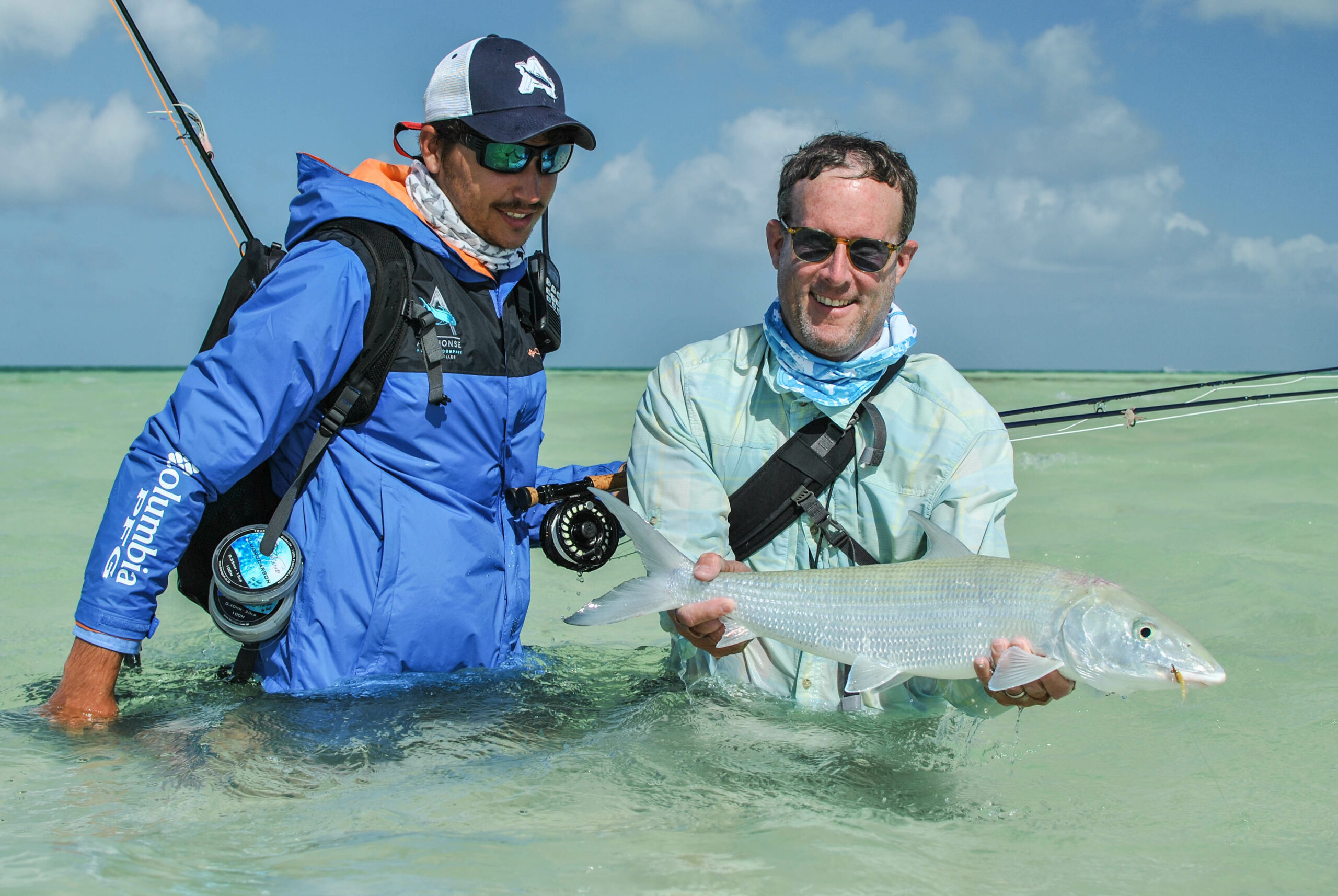
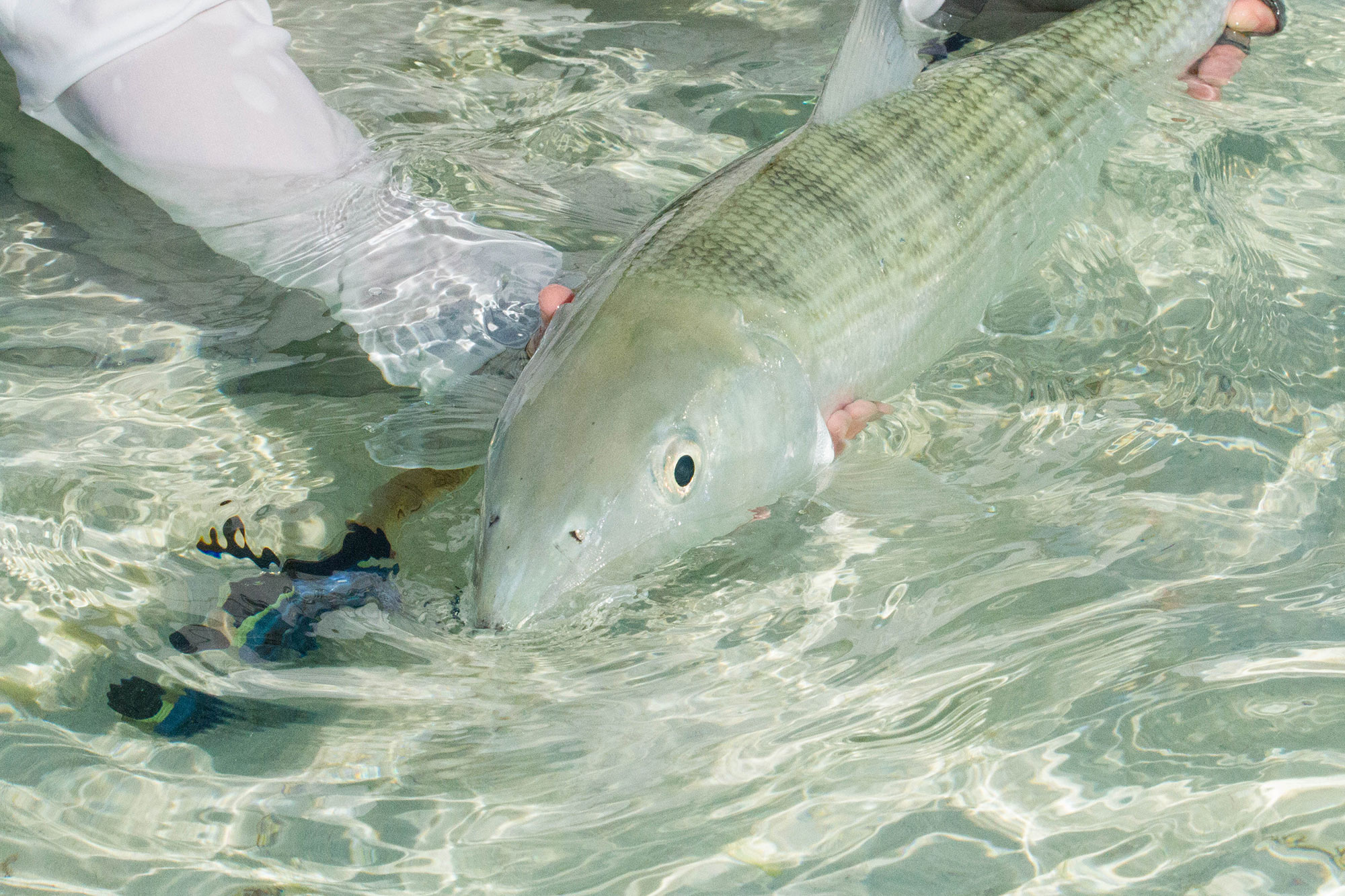
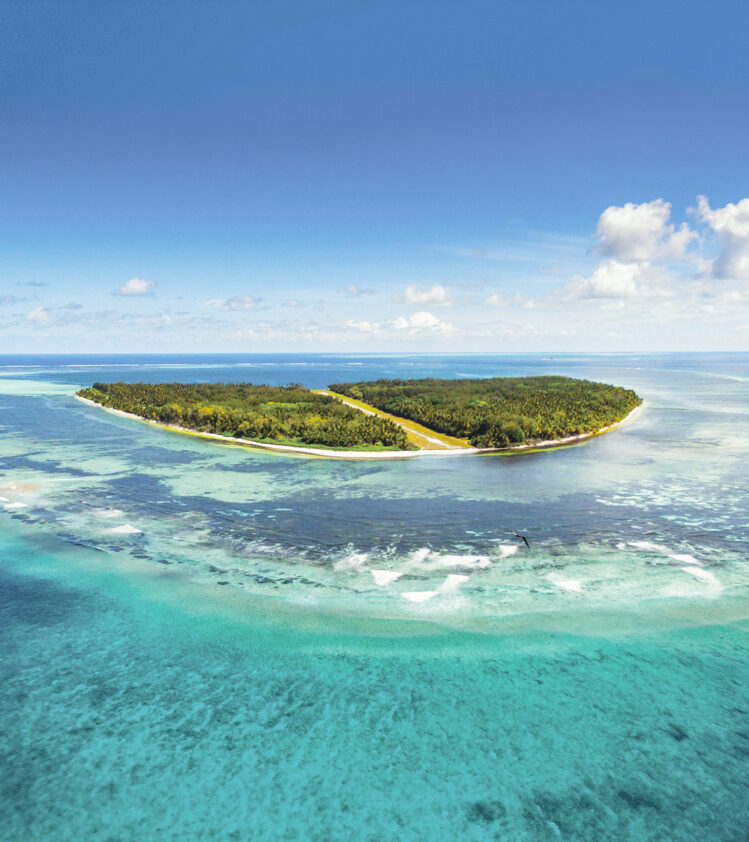
Three atolls and islands called Alphonse, Bijoutier and St Francois.
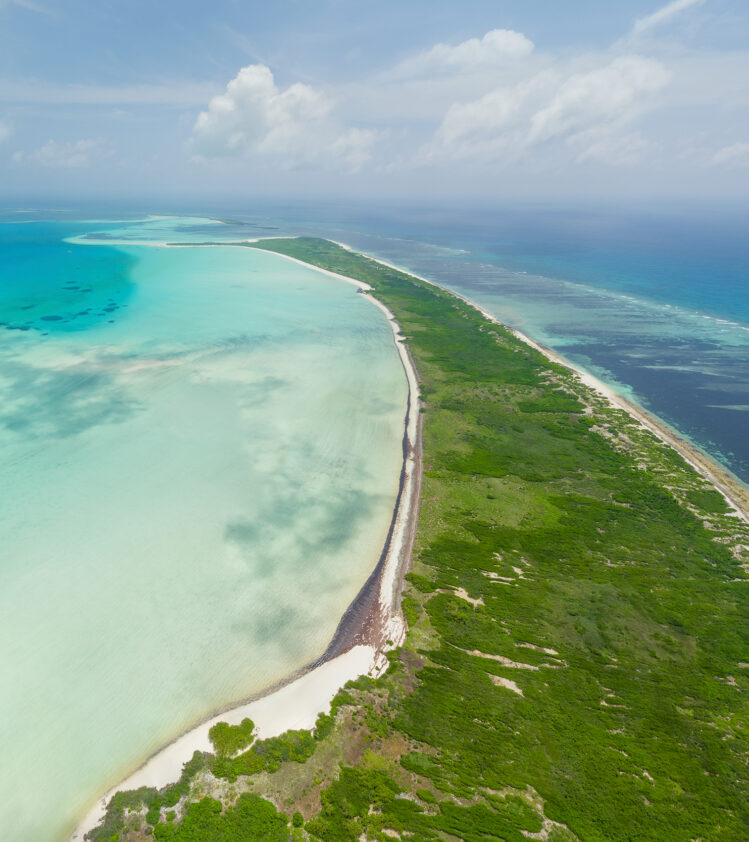
One atoll with a vast lagoon surrounded by nineteen islands.
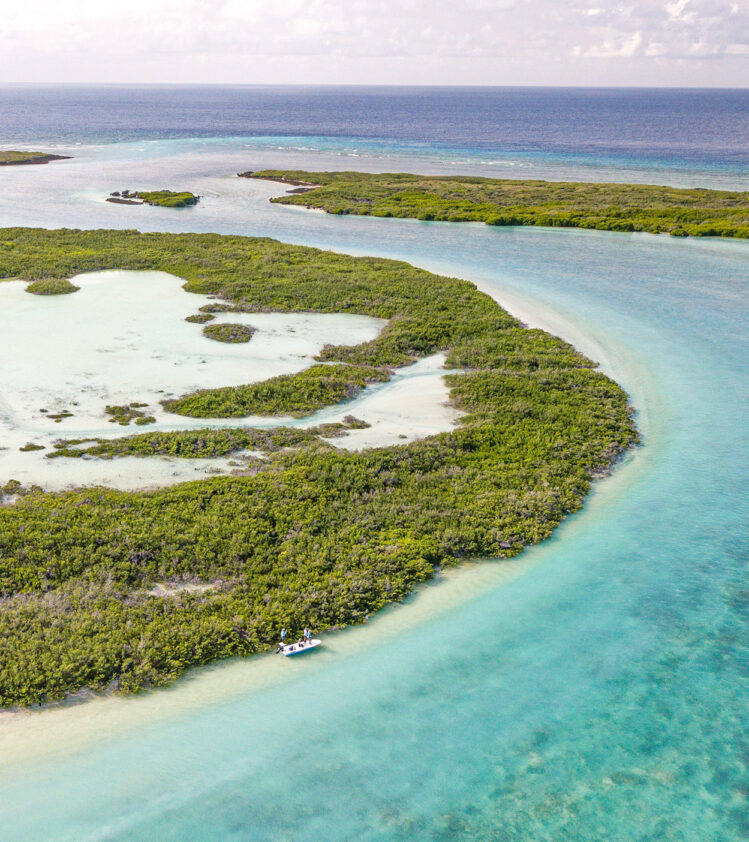
One atoll with an enclosed lagoon surrounded by flats and sheer drop offs.
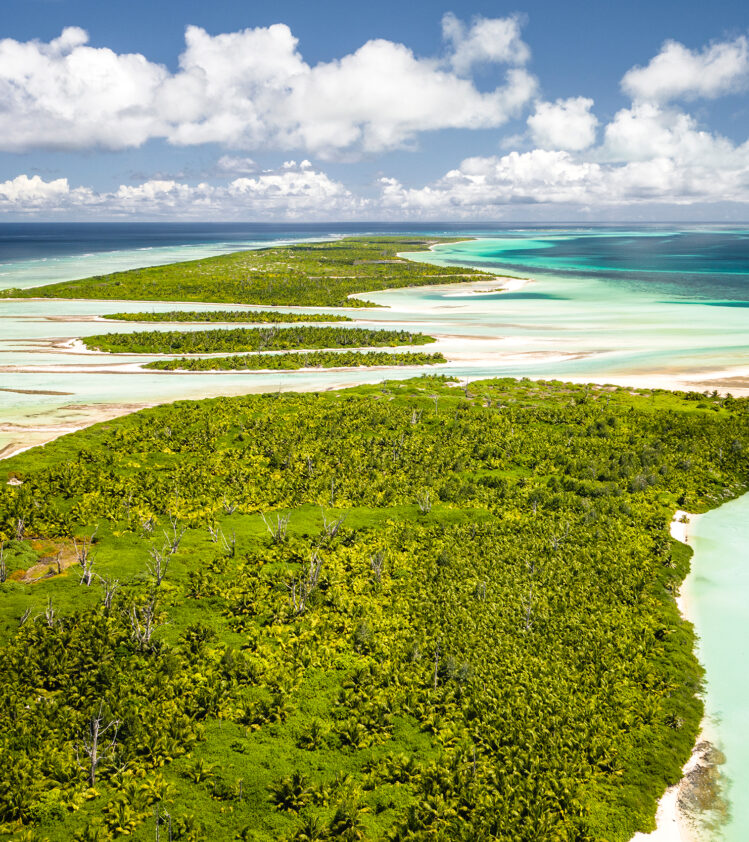
One atoll with a vast lagoon surrounded by nine islands.
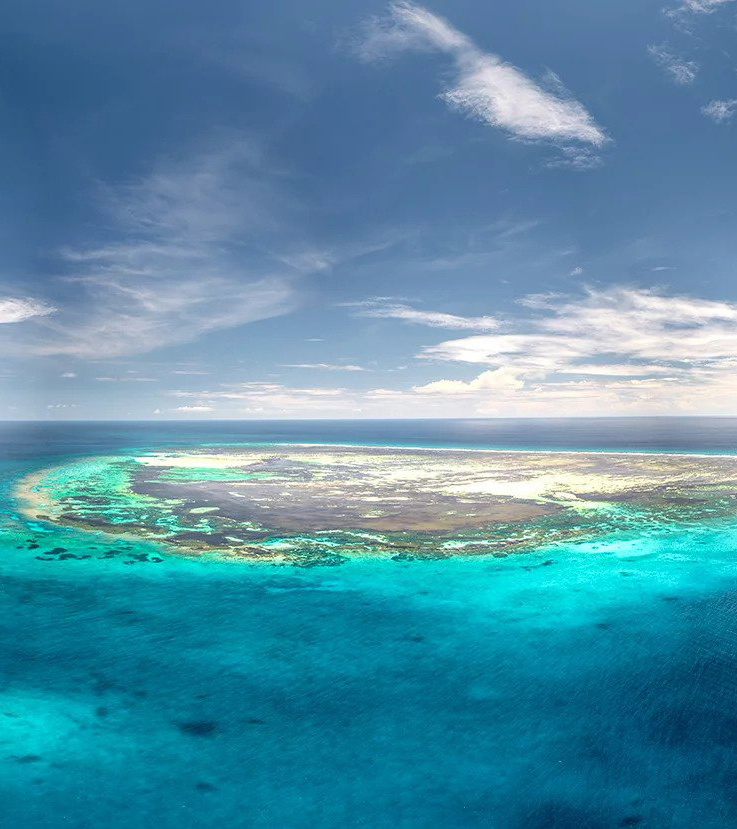
African Banks, Remire Reef, St Joseph’s Atoll and Poivre Atoll.
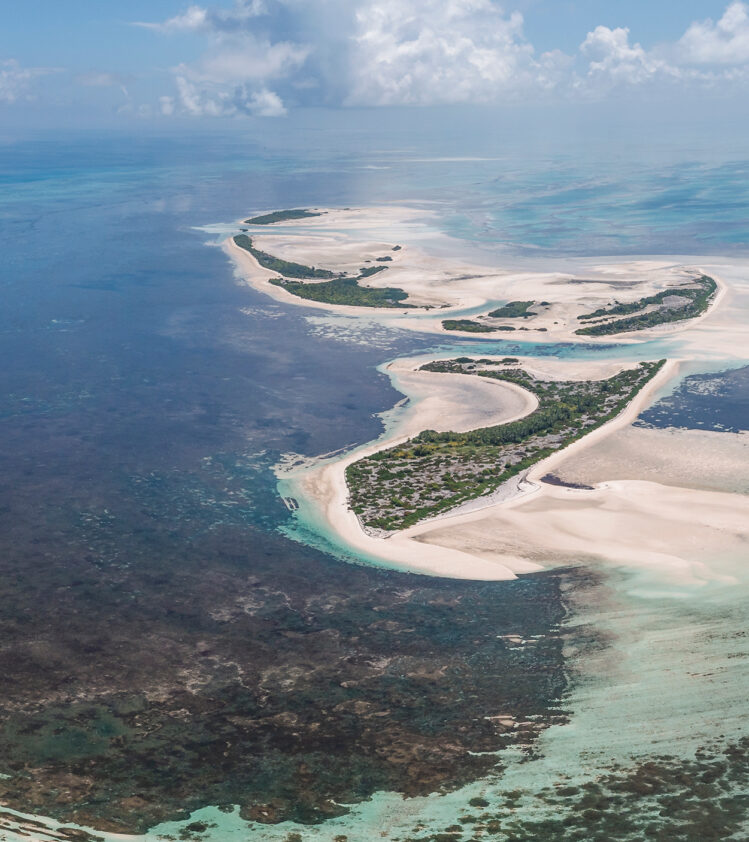
One vast atoll with a shallow lagoon, sand banks, flats and channels.
Turn your fly into a fish’s ultimate temptation. The Seychelles, with its 115 islands and deserted atolls, ideal weather and warm Indian Ocean waters, is renowned for being home to some of the world’s richest fishing grounds. You don’t even have to venture too far to break fishing records!
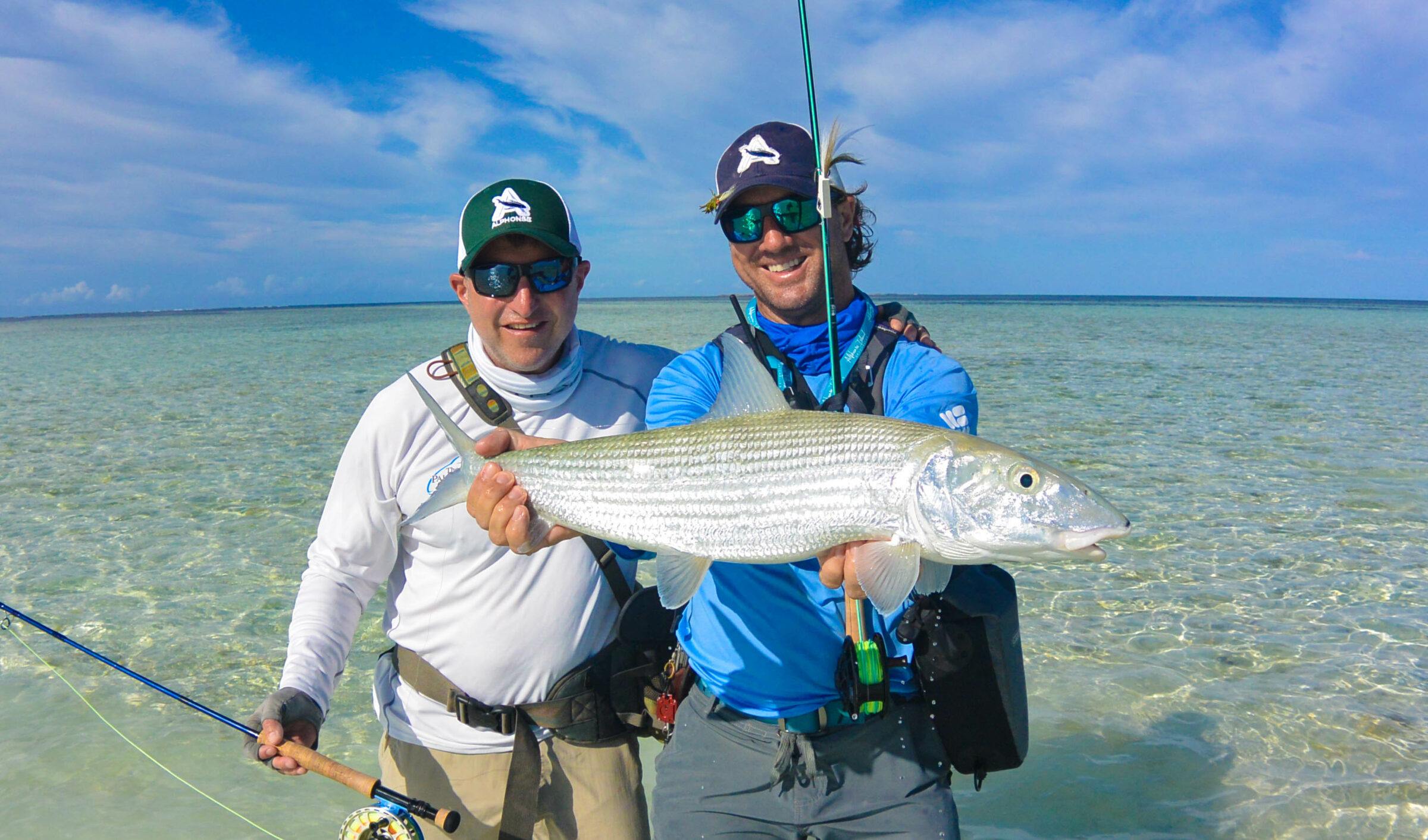
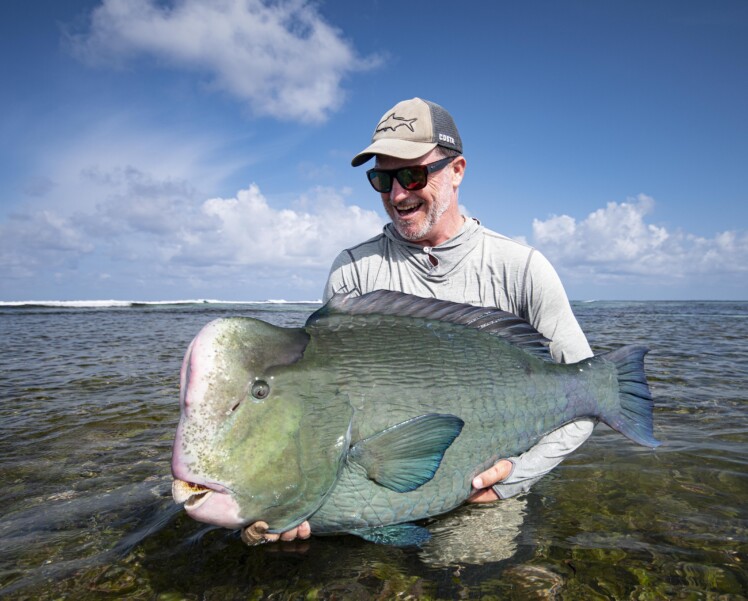
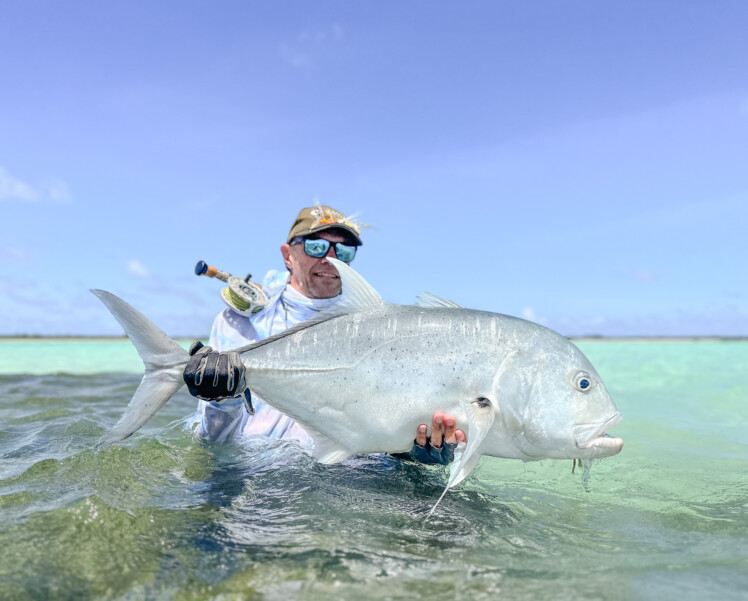

Join our community to get regular updates about our fishing adventures, guide updates and special offers.